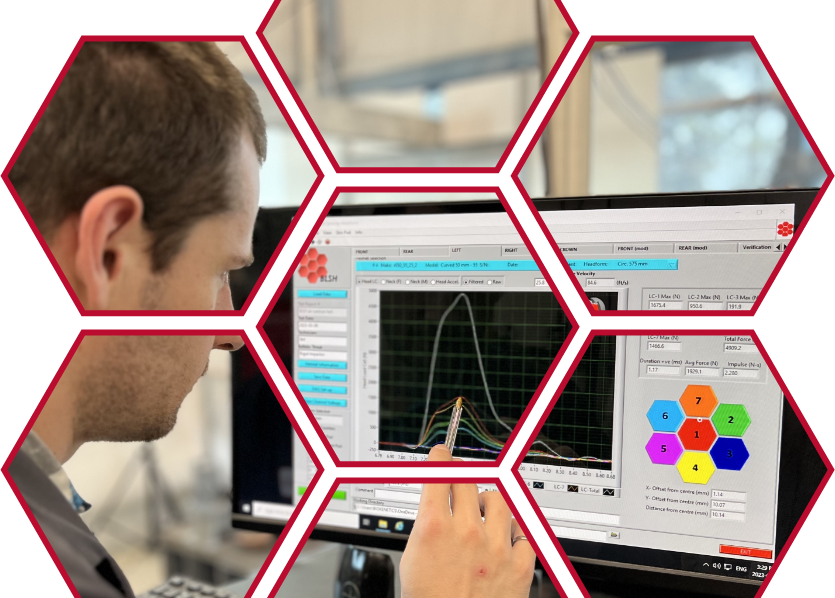Currently, there is an urgent need from the law enforcement acquisition community to evaluate the safety of less-lethal ammunition such as sponge grenades, and beanbag rounds and rubber bullets. Until recently there has been little to no policy or guidance and they must rely on their own discretion to determine whether the device meets the law enforcement definition of less-lethal.
The current lack of standardization and well-defined product specifications make selection difficult for end-users, and the development of ammunition challenging for manufacturers. Biokinetics has proposed test methods in line with the current state-of-science to quantify the terminal effects of Non-Lethal Kinetic Energy (NLKE) ammunition. The methods are inspired by the pioneering work from Wayne State University and the on-going efforts of the NATO Team of Experts group on Non-Lethal Kinetic Energy Projectile Standardization (STANREC 4744). Until such time that the standards are finalized by scientific and standards bodies, e.g. ASTM and NATO, Biokinetics’ test method can be used by end users and manufacturers to evaluate and compare NLKE rounds.
The goal of the test method is to answer three key questions:
1. From what distance can the ammunition be used without putting the public at risk?
2. What is the operational range where the ammunition provides the desired effect?
3. At what distance does the ammunition become ineffective?
Precision
Precision determines the probability of hitting the target at a given distance (ASTM E3276/E3276M-21).
Critical Velocity
The critical velocity corresponds to the velocity of the projectile required to perforate skin (NATO Standard AEP-94).
Impact Force
The impact force quantifies the severity of impact and the risk of head injury (NATO Standard AEP-103).
Transient Deformation
Transient deformation is another measure of impact severity. It is used to quantify the risk of blunt trauma to the torso (NATO Standard AEP-99).
Biokinetics is on the leading-edge of non-lethal kinetic energy testing and evaluation.
Explore Our Innovative Testing Services Today and Take the First Step Towards a Safer Tomorrow

Copyright © 2024 Biokinetics | Acknowledgements | Privacy Policy